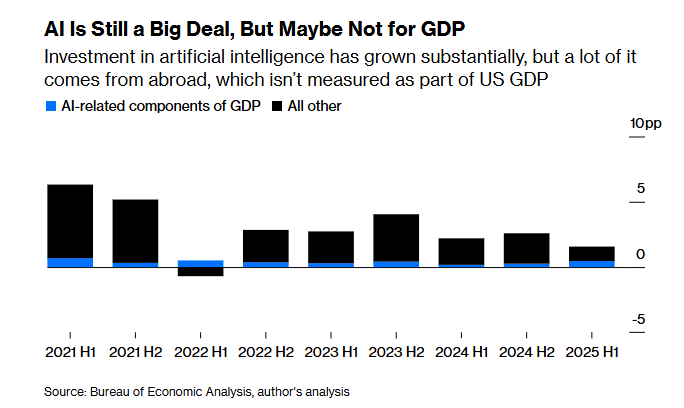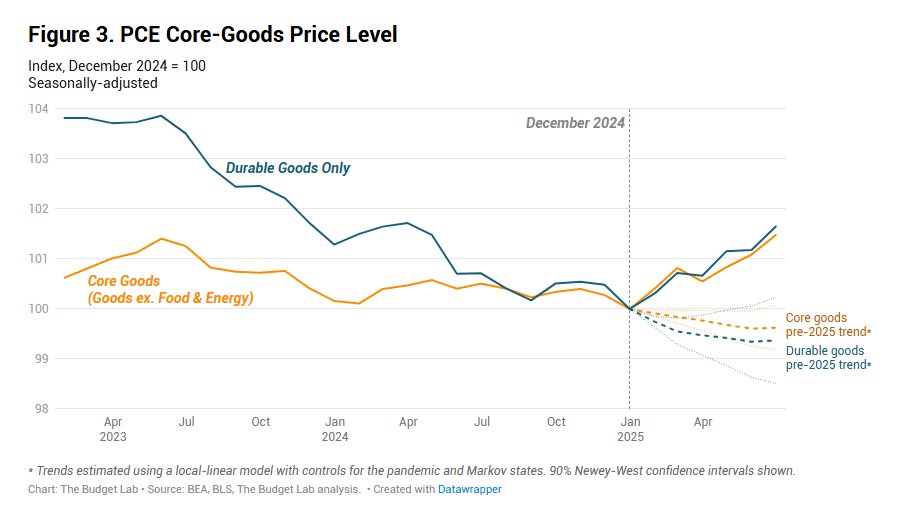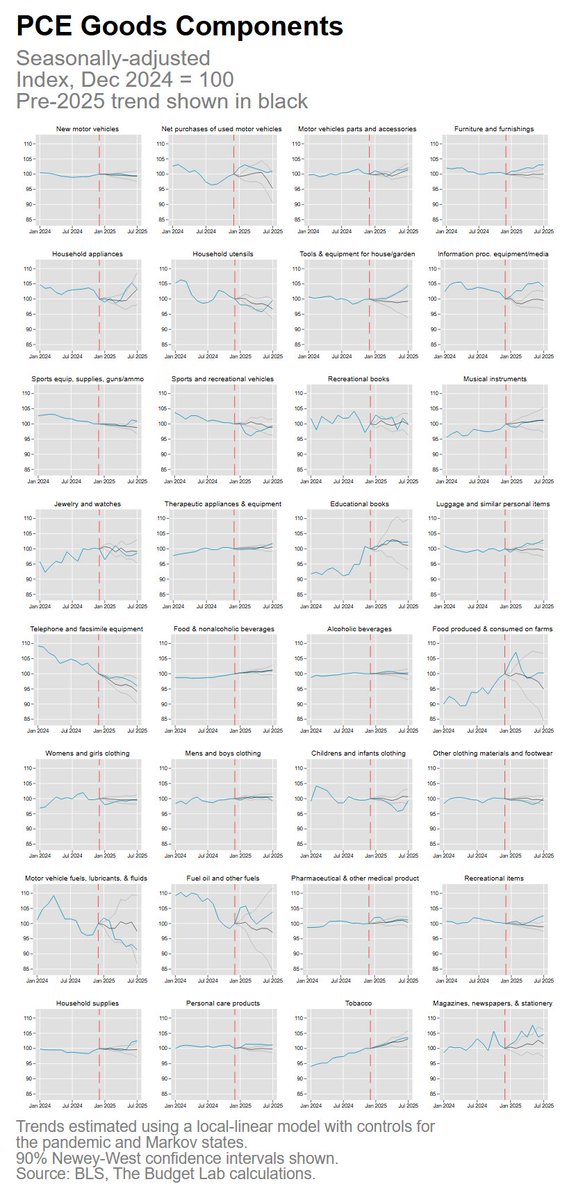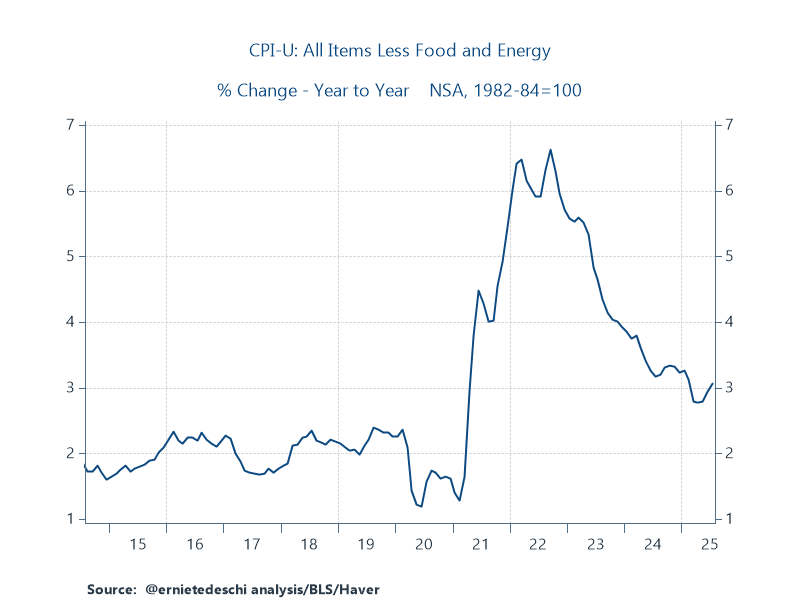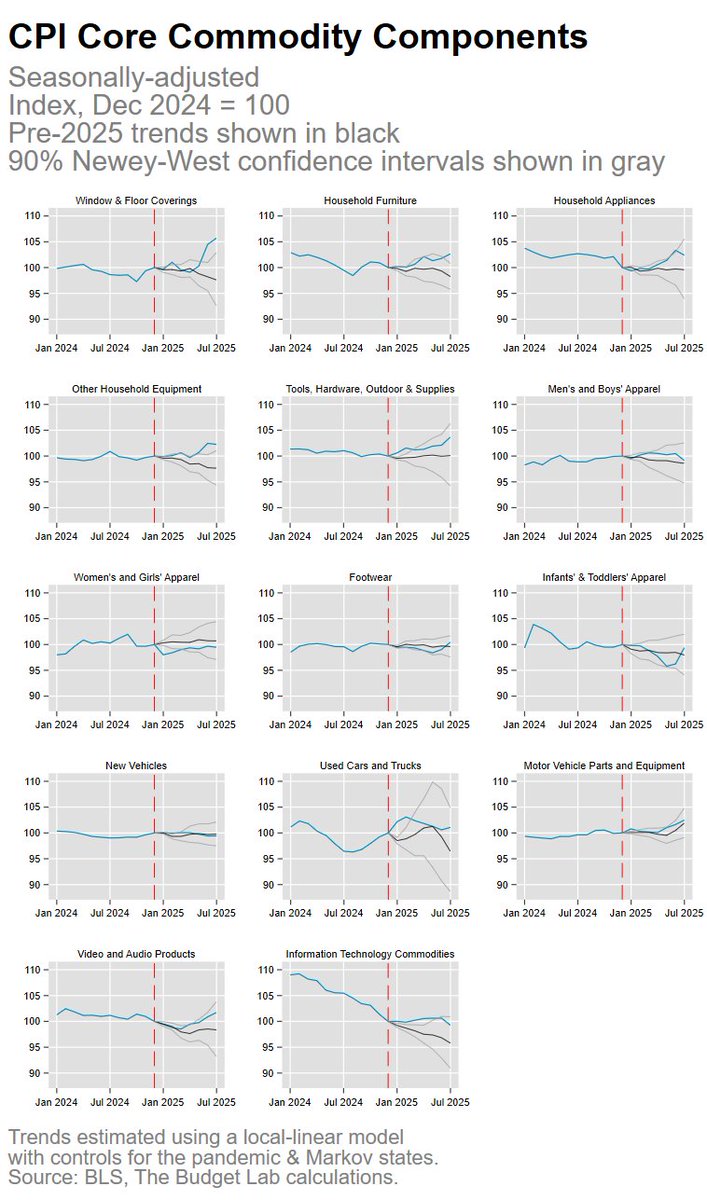There are lots of topics potentially of interest of course. I created my normal batch of charts during very different, happier economic times.
So for the moment, I thought I'd cull down the list and focus on just a handful that are relevant. Suggestions for others welcome. /1
So for the moment, I thought I'd cull down the list and focus on just a handful that are relevant. Suggestions for others welcome. /1
First off, 40 million Americans have seen a major work disruption since February: either losing/leaving their jobs, being put on furlough, or having their hours cut involuntarily.
*Less than half* of these disruptions are accounted for by the rise in the unemployed. /2
*Less than half* of these disruptions are accounted for by the rise in the unemployed. /2

I've tried to account for all these extended margins of disruption in a measure I call "NPOP". NPOP is the share of the US population not at work in either a full- or voluntary part-time job. It rose 12.5 percentage points in April alone. /3 

The fact that the single largest category of disruption is unemployed on temporary layoff has been a source of comfort for some observers, since ostensibly this is a category with very high labor market attachment: around 50% of layoffs go back into work the next month. But... /4
...unsurprisingly, this time looks like it will be different. Transition rates from layoff back to employment plunged to almost 30% in April alone. /5 

It bears reminding that "temporary layoff" is entirely in the eye of the respondent. They may think their layoff will be temporary, but it's not clear that in the current situation they have a material information advantage. /6
On wages, we saw a huge spike in average hourly earnings in the April jobs report due to compositional effects: since the pandemic is disproportionately hitting low wage workers, the rump average wage soared. /7 

The CPS allows us to overcome compositional effect by looking at median wage growth among same-workers employed 12 months apart.
April was a bit soggy when looking at hourly wages, but this is a noisy series and there wasn't an obvious break in the data /8
April was a bit soggy when looking at hourly wages, but this is a noisy series and there wasn't an obvious break in the data /8

To account for the possibility that firms are cutting labor costs through fewer hours, I also looked at median *weekly* wage growth. But the qualitative story is not dramatically different. /9 

When you compare the hourly and weekly median wage series, it's not obvious the typical firm is resorting to cuts in hours among *existing* employees yet. /10 

I won't break down wages by industry/occupation, as those are particularly noisy & applying an e.g. 12M moving average is not likely to tell us much meaningful about April alone.
I will note though that the non-raise rate continued to rise, which it's been doing for a few months
I will note though that the non-raise rate continued to rise, which it's been doing for a few months

That's all for now, but more to come in the days and weeks ahead. Let me know your thoughts. /FIN
• • •
Missing some Tweet in this thread? You can try to
force a refresh


